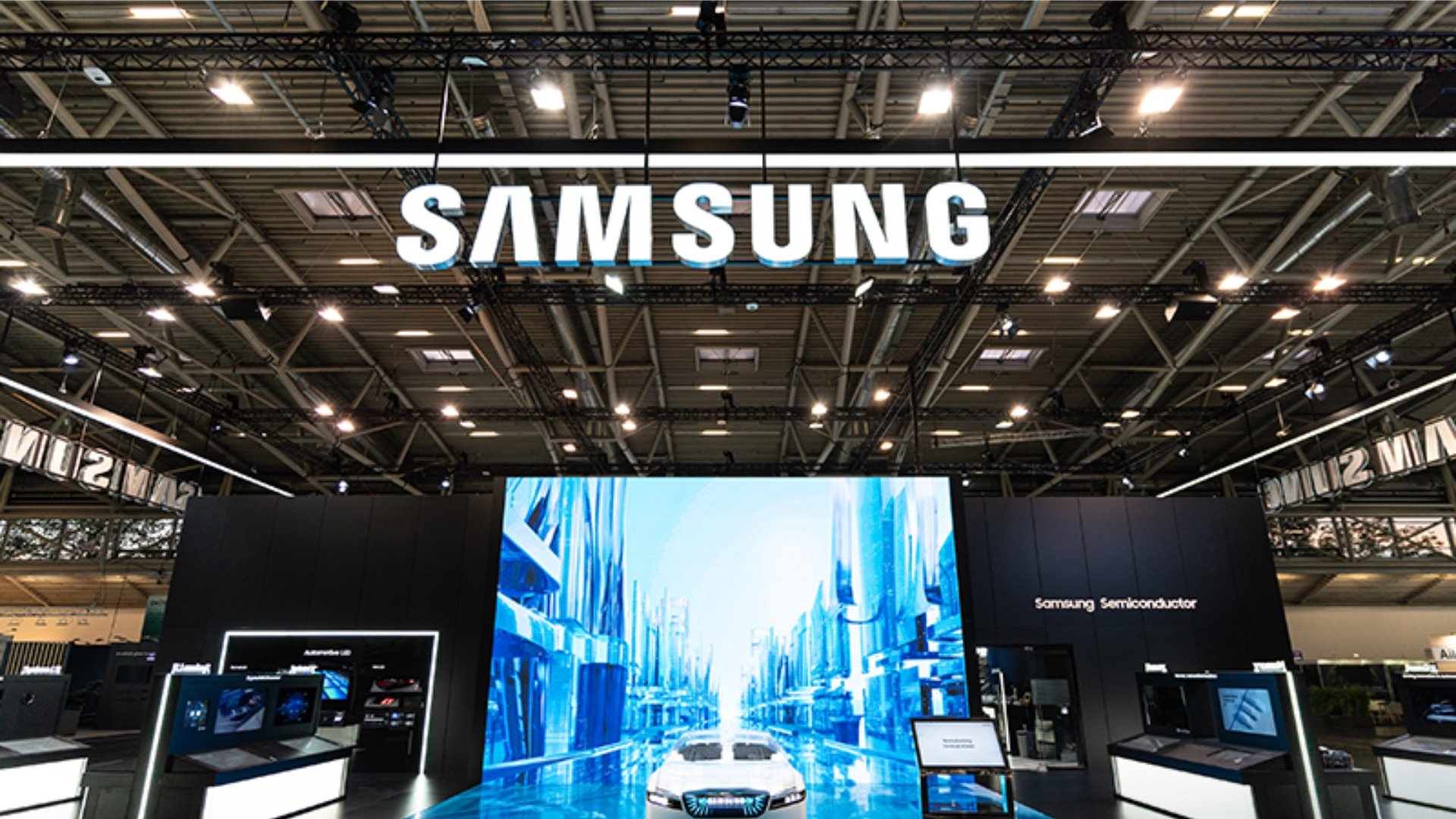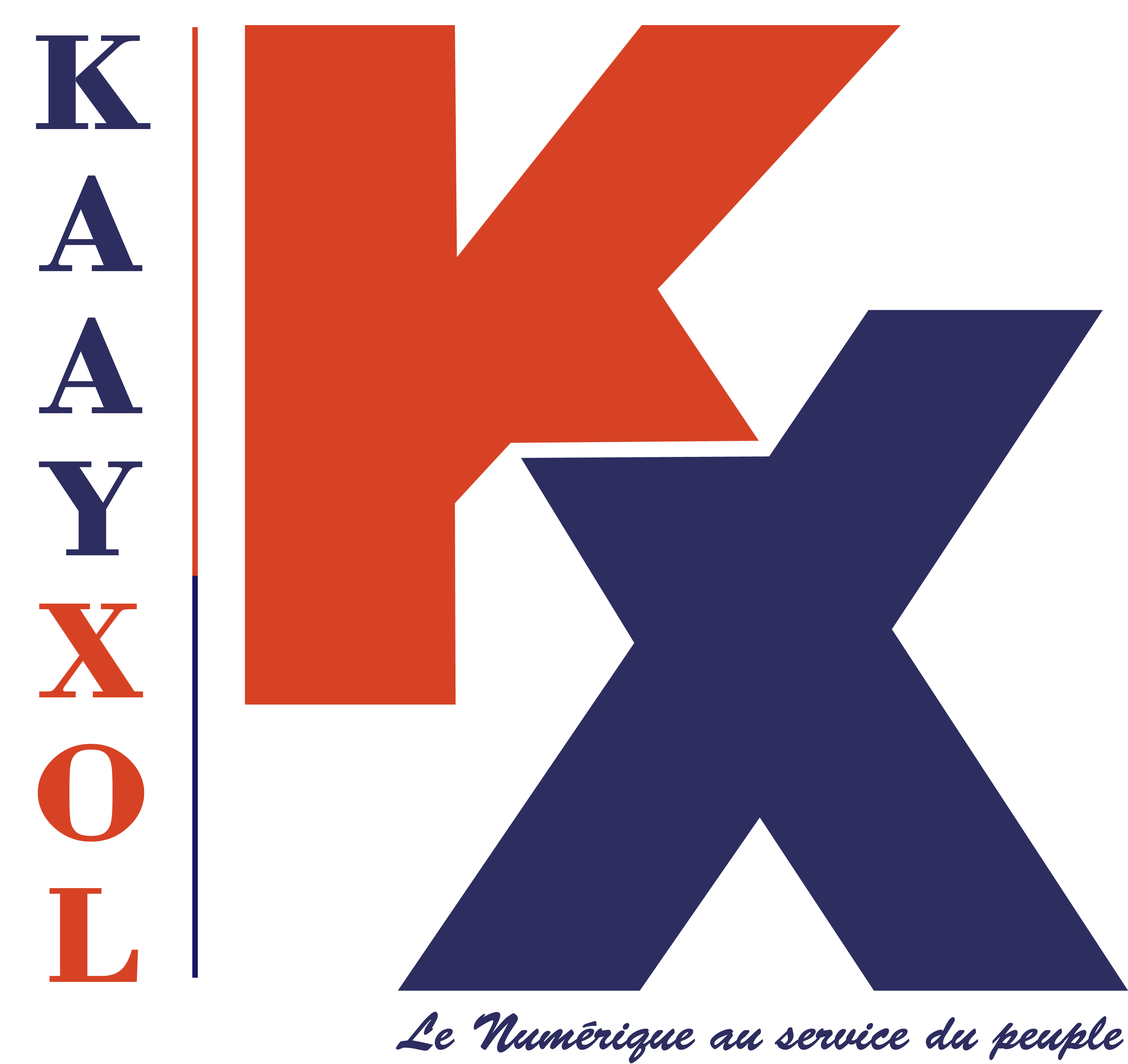Notifications
Posted by - Support KAAYXOL -
on - Wed at 4:48 PM -
Filed in - Technology -
-
34 Views - 0 Comments - 0 Likes - 0 Reviews

Samsung's chip division has lost billions of dollars as it fell behind SK Hynix in the high-bandwidth memory segment. SK Hynix has emerged as NVIDIA's largest supplier of HBM3 modules used in the latter's AI accelerators that are in high demand. Micron follows in second place while Samsung has still not clear NVIDIA's quality checks for its HBM3E chips.
The company has pinned its hopes on the next-generation HBM4 modules as it seeks a reversal of fortunes. There's cautious optimism at Samsung as its HBM4 test yields have now hit a respectable 40%.
The test yield of HBM4 logic dies has reportedly hit 40% and this will help Samsung quickly mass produce and commercialize its 12-year HBM4 memory chips, hopefully regaining the ground it has lost to SK Hynix.
This is a significant improvement as the initial test production yields were reported to be in the mid-to-high 10% range. Jeon Young-hyun, the head of Samsung's semiconductor division, has praised the foundry division's performance.
The success of Samsung's HBM4 modules now depends on the company's sixth-generation 1c DRAM that will be packaged on the logic die. If Samsung is able to make this happen, it will have an edge in HBM4 performance over SK Hynix which is reportedly using previous generation 1b DRAM for its HBM4 chips.
Samsung's TC-NCF packaging technology tends to have thermal management issues, which is one of the reasons why NVIDIA hasn't given the green light to its HBM3E chips. It needs to address this issue on the HBM4 chips to retake the lead from SK Hynix, which recently dethroned Samsung from the top of the global DRAM market after 33 years.
The post Samsung’s fortunes set to turn as HBM4 yields hit 40% appeared first on SamMobile.

